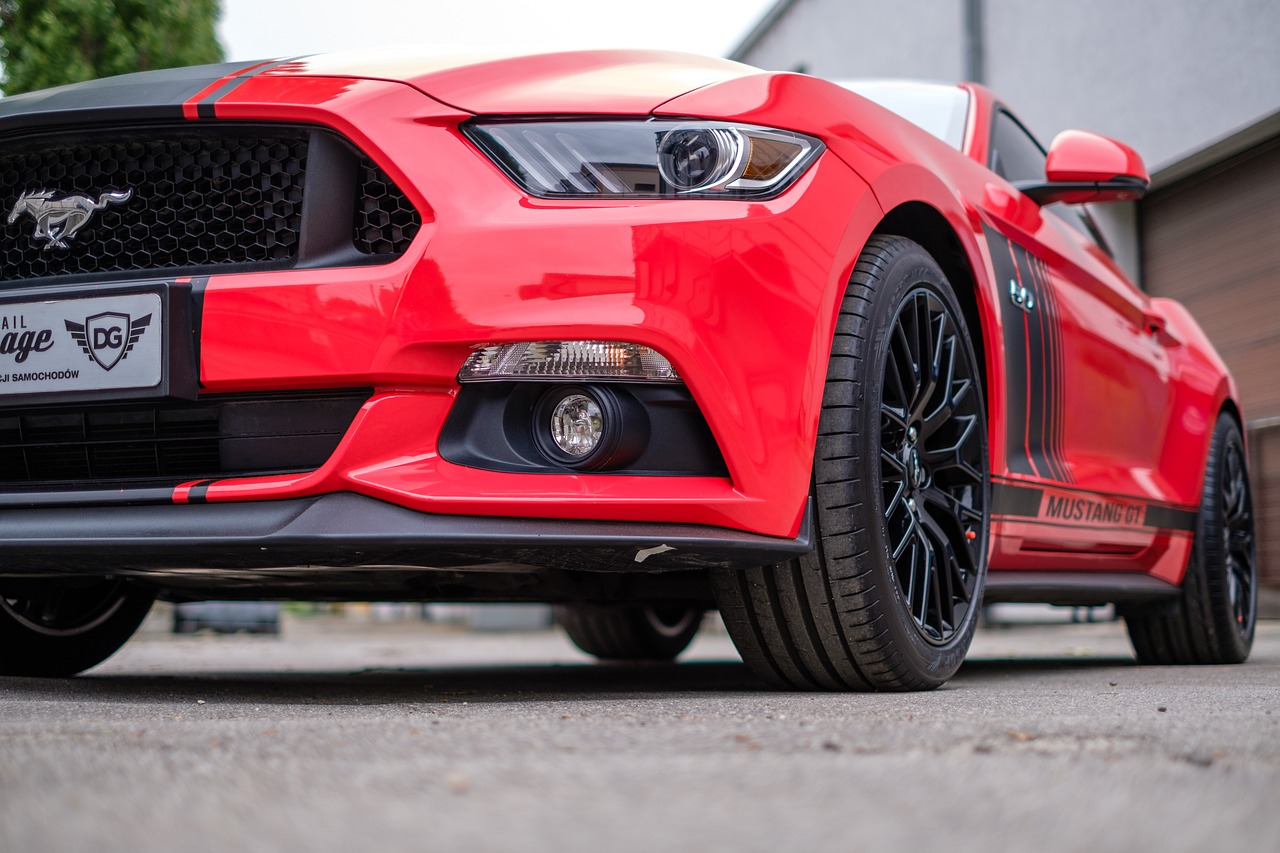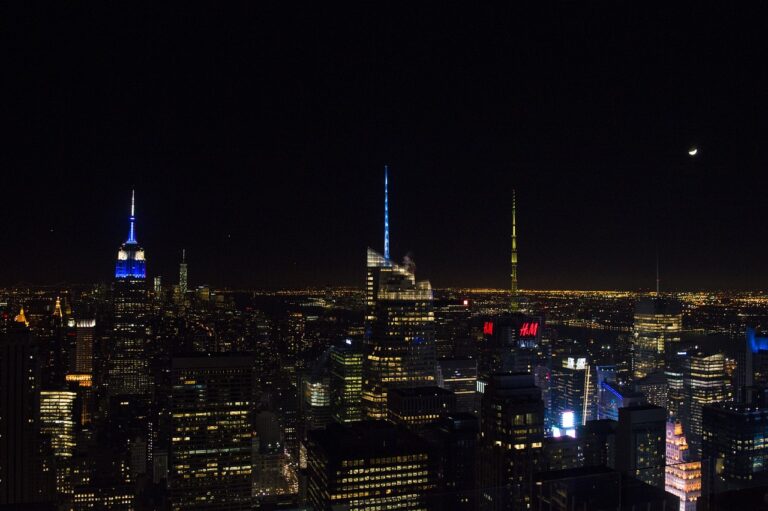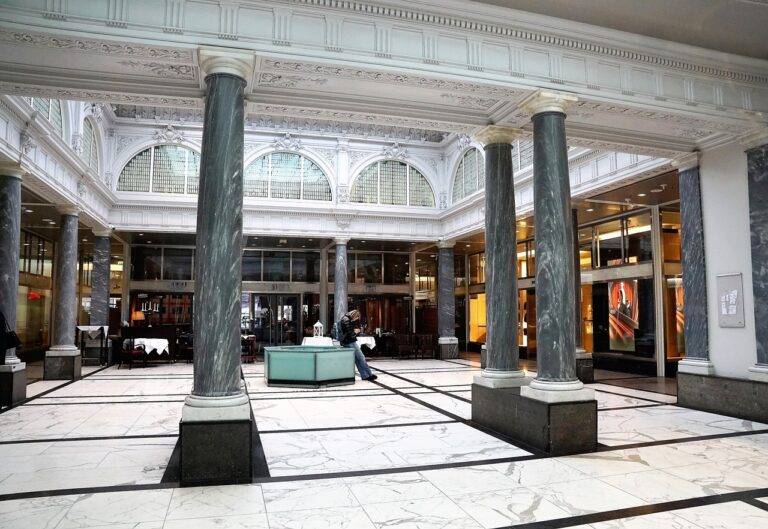Exploring Virtual Reality Experiences in Media Marketing: 99 exch, Lesar 247.com, Yolo247 login
99 exch, lesar 247.com, yolo247 login: Virtual reality (VR) technology has evolved rapidly in recent years, leading to new and exciting opportunities for media marketing. Brands are increasingly looking to incorporate VR experiences into their marketing strategies to engage consumers in innovative ways. In this article, we will explore the potential of virtual reality experiences in media marketing and discuss how brands can leverage this technology to create immersive and memorable campaigns.
Introduction
Virtual reality technology has been around for decades, but recent advancements have made it more accessible and affordable than ever before. VR headsets are now widely available, and consumers are eager to explore the possibilities of this immersive technology. In the world of media marketing, VR offers a unique opportunity to engage with audiences in a whole new way.
Benefits of Virtual Reality Experiences in Media Marketing
1. Immersive storytelling: VR allows brands to create immersive experiences that transport consumers to different worlds and environments. This can help to create a stronger emotional connection with the brand and make the marketing message more memorable.
2. Interactive engagement: VR experiences can be interactive, allowing consumers to explore and interact with the content in a more engaging way. This can increase the time spent engaging with the brand and create a more memorable experience.
3. Personalized content: VR experiences can be customized to the individual user, offering personalized content and messaging based on their preferences and behavior. This can help to create a more relevant and targeted marketing campaign.
4. Differentiation: Using VR in media marketing can help a brand stand out from the competition and differentiate itself in a crowded marketplace. By offering unique and innovative experiences, brands can capture the attention of consumers and create a lasting impression.
5. Data and analytics: VR experiences can provide valuable data and insights into consumer behavior and preferences. This data can be used to optimize marketing campaigns and improve the overall effectiveness of a brand’s marketing efforts.
6. Social sharing: VR experiences are often inherently shareable, as users are eager to show off their immersive experiences to friends and followers on social media. This can help to amplify the reach of a marketing campaign and increase brand visibility.
How Brands Can Use Virtual Reality Experiences in Media Marketing
1. Product demonstrations: Brands can use VR to create virtual product demonstrations that allow consumers to experience a product in a realistic and interactive way. This can help to showcase key features and benefits and drive purchase intent.
2. Virtual tours: Real estate companies, travel brands, and other industries can use VR to create virtual tours of properties, destinations, or facilities. This can help to give consumers a sense of what it would be like to be there in person and encourage bookings or visits.
3. Brand storytelling: Brands can use VR to tell compelling stories that resonate with consumers on an emotional level. By creating immersive narratives, brands can create a stronger connection with their target audience and foster brand loyalty.
4. Training and education: VR can be used for employee training, customer education, or public awareness campaigns. Brands can create interactive experiences that help users learn new skills, understand complex concepts, or engage with important social issues.
5. Events and activations: Brands can use VR experiences at events, trade shows, or pop-up activations to engage with attendees and create buzz around their brand. Offering a memorable and interactive experience can help to generate excitement and interest in the brand.
6. Gamification: Brands can incorporate gamification elements into VR experiences to make them more engaging and enjoyable for users. By adding challenges, rewards, and competition, brands can encourage participation and create a fun and immersive experience for consumers.
FAQs
1. What are the costs associated with creating a virtual reality experience for media marketing?
The costs of creating a VR experience can vary depending on the complexity of the project, the level of interactivity, and the quality of the visuals. Brands can work with VR production companies or agencies to develop customized experiences that fit their budget and objectives.
2. How can brands measure the effectiveness of a VR marketing campaign?
Brands can measure the effectiveness of a VR marketing campaign by tracking metrics such as user engagement, time spent in the experience, click-through rates, social shares, and conversions. By analyzing these data points, brands can evaluate the success of their campaign and make data-driven decisions for future initiatives.
3. Are there any limitations to using virtual reality experiences in media marketing?
While virtual reality offers many benefits for media marketing, there are some limitations to consider. Not all consumers have access to VR headsets or are comfortable with the technology, so brands may need to consider alternative ways to engage these audiences. Additionally, creating high-quality VR experiences can be time-consuming and expensive, so brands need to carefully plan and budget for their campaigns.
In conclusion, virtual reality experiences offer exciting new opportunities for brands to engage with consumers in innovative ways. By creating immersive and interactive experiences, brands can differentiate themselves in a crowded marketplace, drive engagement and loyalty, and ultimately achieve their marketing objectives. With advancements in VR technology continuing to evolve, the possibilities for media marketing are limitless.







